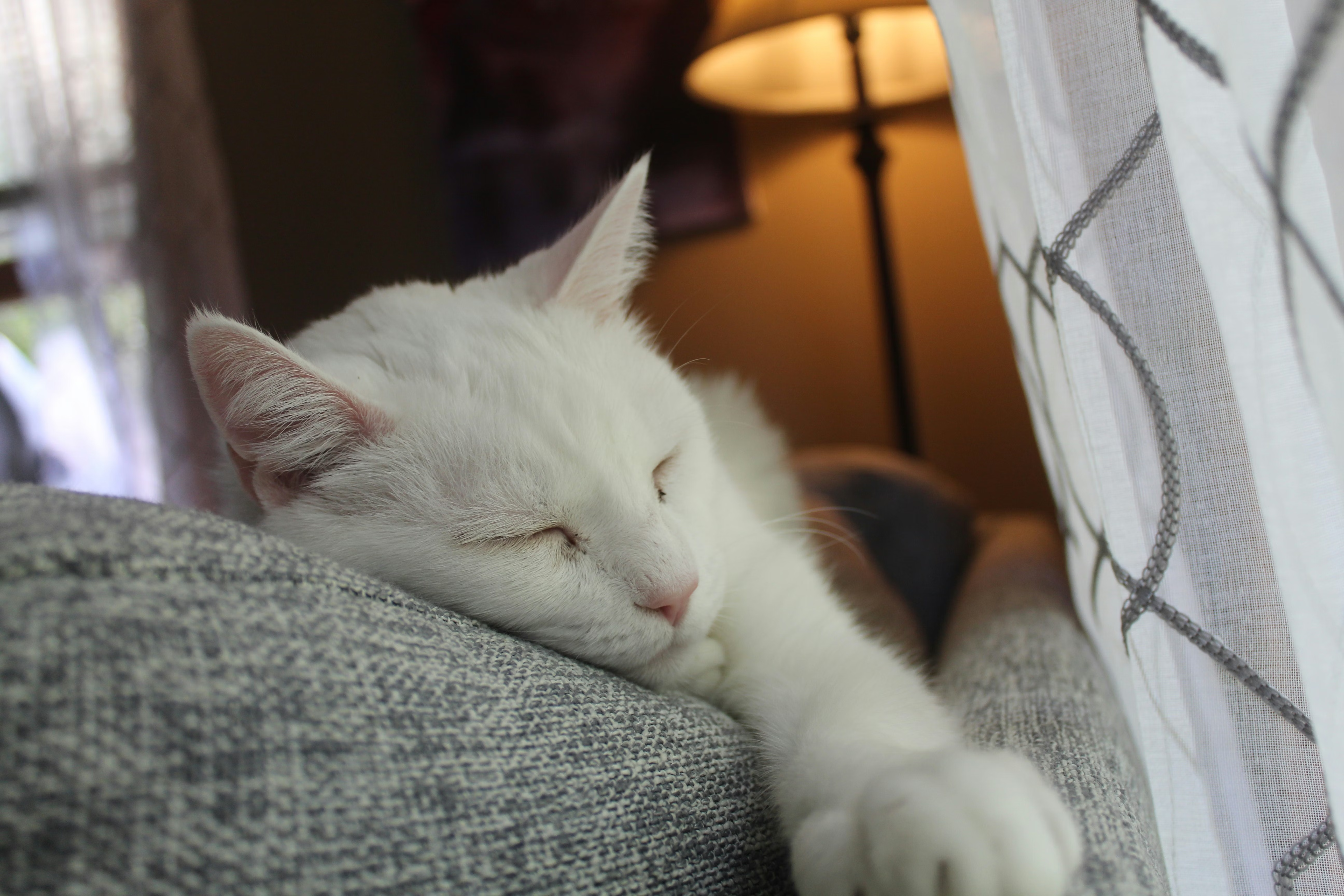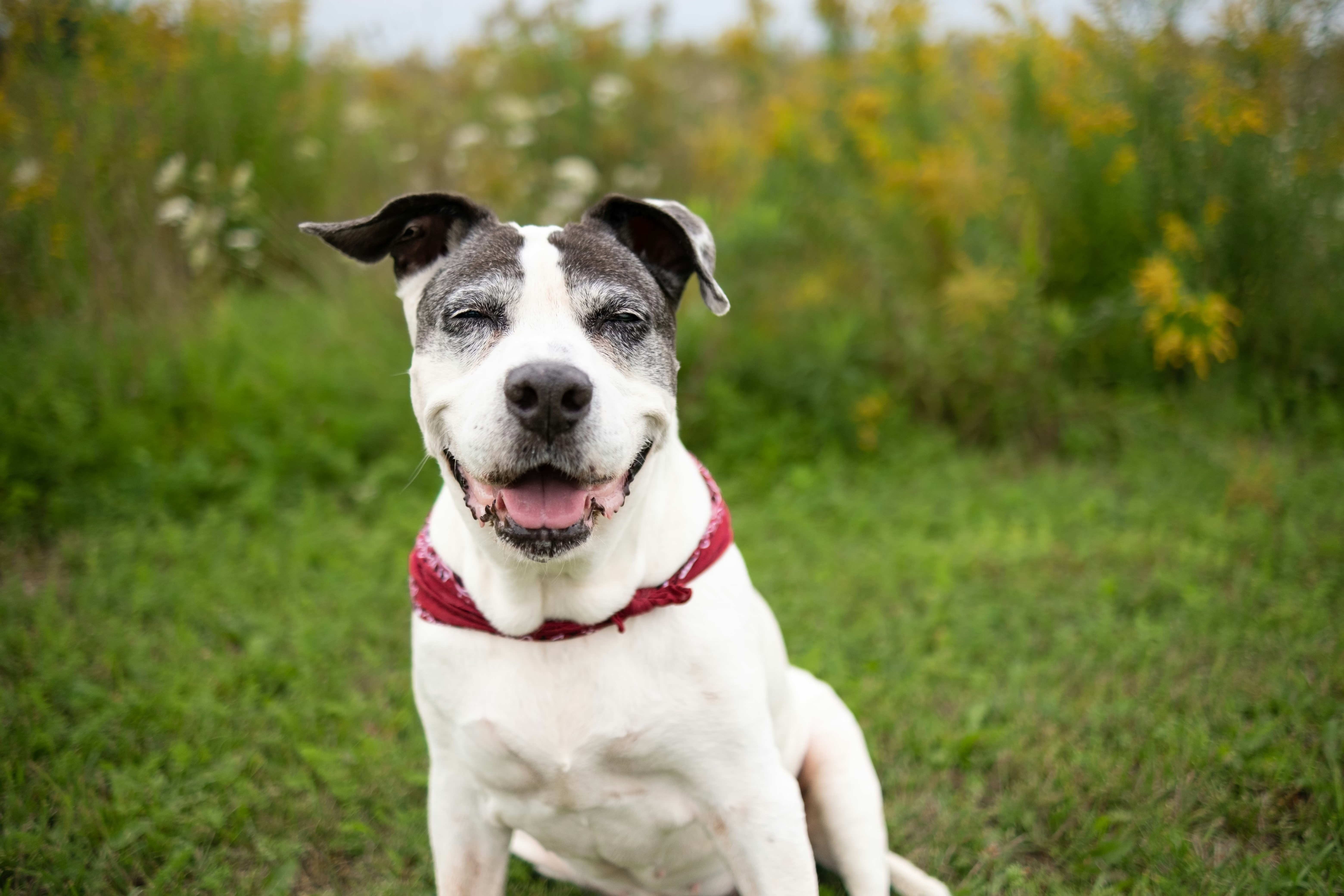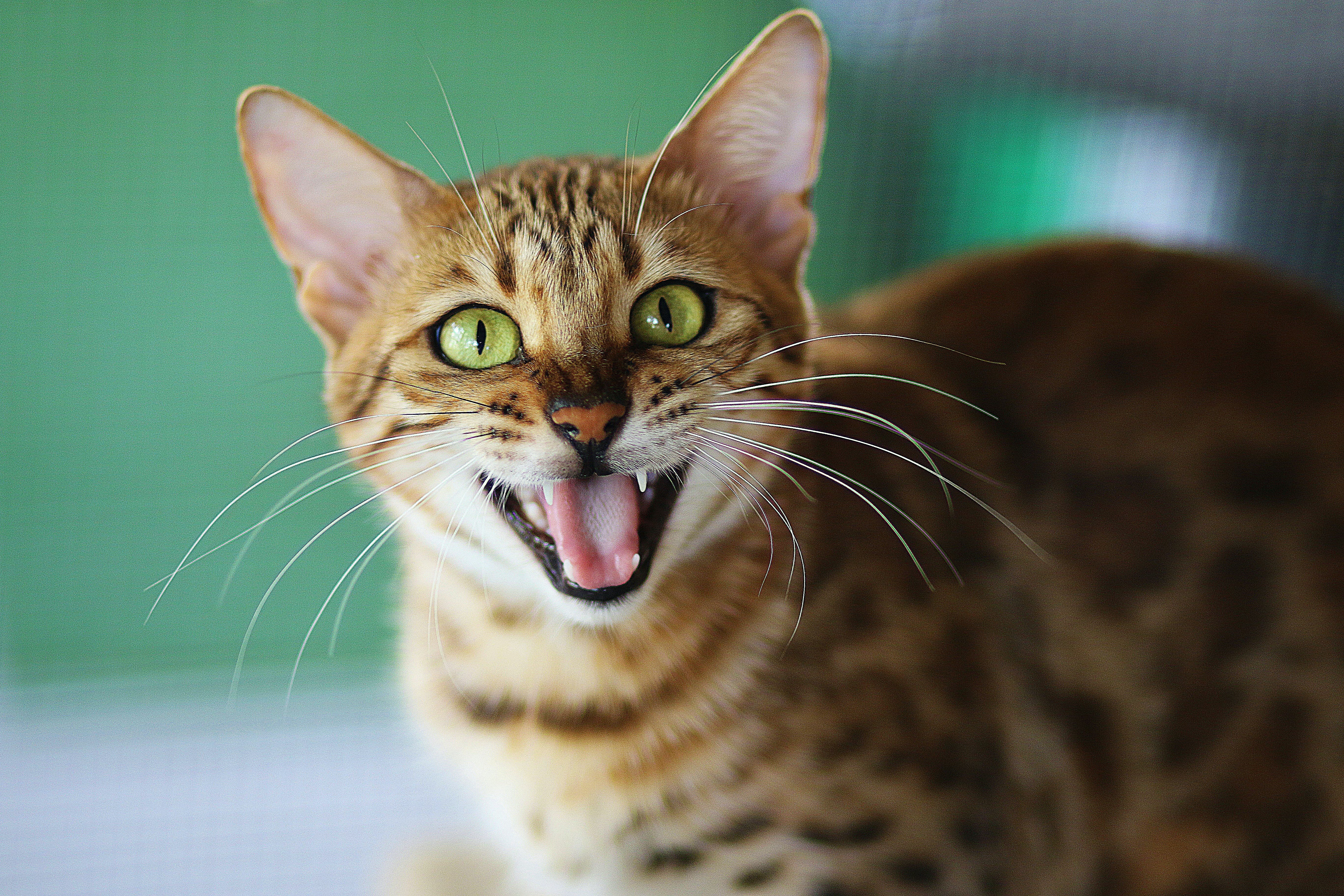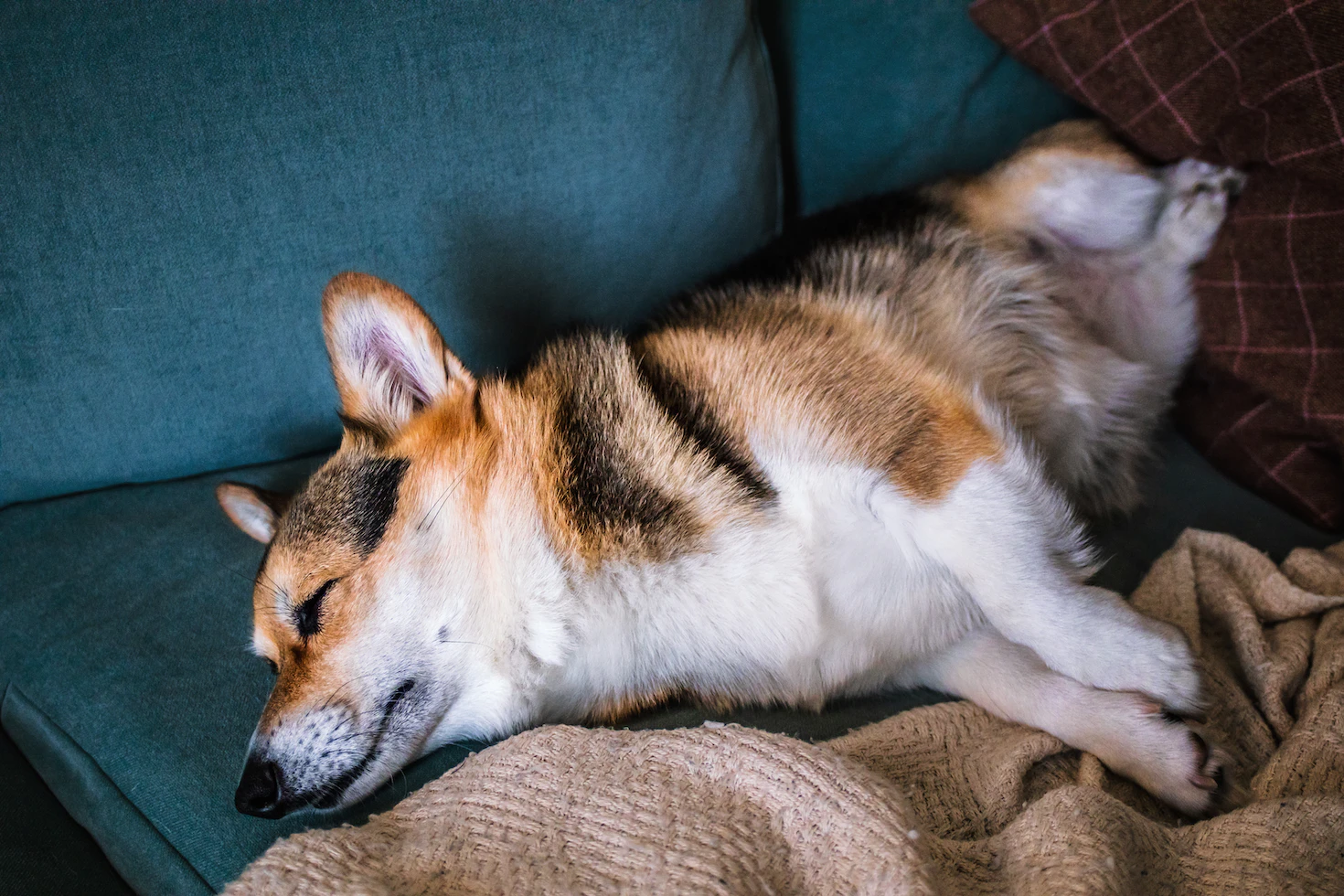Just like people, pets’ healthcare needs change throughout their lives. For example, the diet and exercise routines that worked when your dog or cat was young will no longer be optimal as your pet ages and their energy levels change. Or their vaccine and parasite prevention recommendations may need to adapt based on their immune systems and environmental exposures. Knowing what to expect as your pet enters their senior years will help you recognize when it’s time to change up the care you provide.
Before we dive in, it’s important to remember that pets age differently than humans. While the 1 human year = 7 dog years math is inaccurate, dogs and cats do age at a more accelerated rate than humans. That’s one reason regular check-ups are so important for our furry friends—especially as they grow older. Health needs can change quickly, and routine exams and diagnostics will help you and your veterinarian tailor the care you give your pet as they age.
Common health challenges in senior pets
Age itself is not a disease. However, there are some common health conditions that are prevalent in older pets. Being aware of these challenges will help you be proactive in minimizing their impact.
- Obesity. Obesity is a growing concern for dogs and cats of all ages, but older pets in particular are at risk due to their decreased activity levels and possible decreases in metabolism. Carrying extra pounds has been tied to an increased risk of heart disease, diabetes mellitus, cancer, and osteoarthritis.
- Joint pain and mobility issues. The breakdown of cartilage in the joints can cause inflammation, pain, and decreased mobility.
- Vision and hearing loss. If you notice your pet bumping into things, acting anxious, sleeping more soundly, or ignoring your voice commands, they may be having trouble with their vision or hearing.
- Bladder control issues. Weakened muscles in the bladder, urinary tract infections, bladder stones, and kidney disease can all cause incontinence in dogs and cats as they age.
- Mental decline. Age-related cognitive changes may present as confusion, agitation, anxiety, or forgetfulness.

Signs your pet needs a trip to the vet
Changes in your pet’s physical condition or behavior could be a sign of an underlying condition. This is true for pets of all ages, but is something to especially keep in mind for senior pets whose health may change rapidly.
If you notice any of the following signs, it’s worth checking in with your veterinarian.
- Changes in appetite and/or water consumption
- Weight loss
- Increased urination or loss of house training or litter box habits
- Lumps, bumps, and sores
- Gagging, coughing, or excessive panting
- Vomiting or diarrhea
- Changes to sleeping habits
- Hiding (this is a big one for cats, who like to keep their illnesses a secret)
- Limping or muscle weakness
- Acting confused or disoriented
Tips for caring for senior pets
Knowing your pet may experience any or all of the aforementioned conditions, there are some proactive steps you can take to help them age happily and healthily.
- Get those vet appointments on the calendar. Regular check-ups and a strong partnership with your veterinarian are your best tools for helping pets grow old gracefully. When you’re at the vet, schedule your next appointment before you leave so you’ll never miss a visit.
- Weigh your pet regularly. A little increase in weight can be a big deal for pets—especially cats and small dogs. And decreases in weight could be a sign of illness. Small changes aren’t easy to see, but the scale doesn’t lie. Share this information with your vet so they can provide recommendations on diet changes or treatment.
- Brush your pet regularly. Not only will this keep their coats in good condition, it will give you the chance to look for any masses or skin issues.
- Keep nails trimmed. Long nails can make it difficult for pets with mobility issues to gain traction on floors.
- Consider using ramps or pet stairs. Jumping on furniture or using stairs can be tough for pets with stiff joints. A ramp or specially-designed pet stairs can help them get to important places (like the couch and your bed).
- Designate a quiet place in the house for your pet. A comfy bed and some peace and quiet help older pets get their much needed rest and relaxation.
A pet’s golden years are a special time—for both of you. Being mindful of changes in their health and taking some extra steps to provide the right care can help you both enjoy a long and happy life together.




